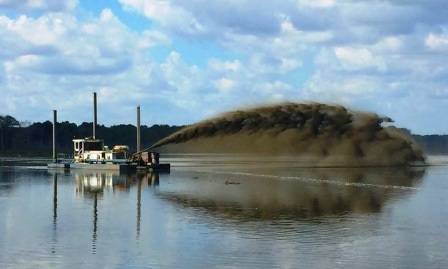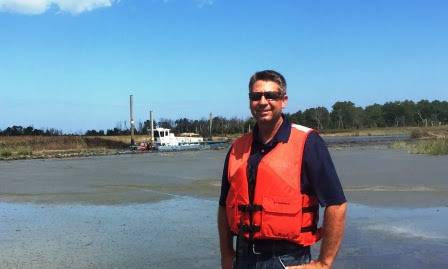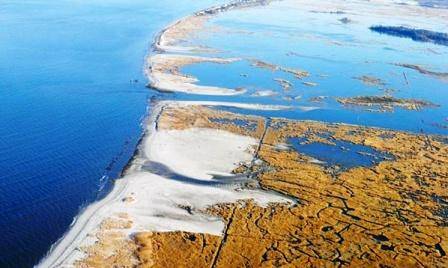Dredges are currently being used in a large tidal marsh restoration project at Prime Hook National Wildlife Refuge in Delaware, one of the largest ever marsh restoration projects in the eastern U.S.
Using two Two Ellicott 460SL dredges, the project aims to restore a highly damaged tidal marsh/barrier beach ecosystem covering about 4,000 acres within the former freshwater impoundment system on the refuge. This coastal wetland restoration also improves the ability of the refuge marshes to withstand future storms and sea level rise and improves habitat for migratory birds and other wildlife.
AMEC and their marine subcontractor, Dredge America, have had great success since the restoration work began in June, Ellicott said. Each dredge operates 10 hours per day, six days a week. "We are happy with the dredges and appreciate Ellicott's support not only with this project but with all of Dredge America's projects across the U.S.," said Sam Robinson, Project Engineer for Dredge America.
More than 1.5 miles of tidal channels have already been dredged, with an expected 30 total miles of channel to be dredged by next summer.
The first phase of the project will focus primarily on draining the marsh and improving tidal circulation. Sand will be pumped onto the shoreline to close the breaches and create a back-barrier marsh platform. Overgrowth of phragmites, an invasive species of perennial grass, has resulted in the reduction of the wetland area. Establishing a constant salt water flow will help eliminate the phragmites. This restoration of habitat and natural tidal water circulation will enable salt marsh vegetation to return and flourish, improving the resilience of refuge wetlands against future storms and sea level rise, and providing valuable habitat for birds and other wildlife.
Specifications - 460SL Swinging Dragon Dredge
Discharge Diameter: 10"
Max. Digging Depth: 20'
Total Power: 440 HP
Pump Power: 320 HP
Cutter Power: 40 HP

















